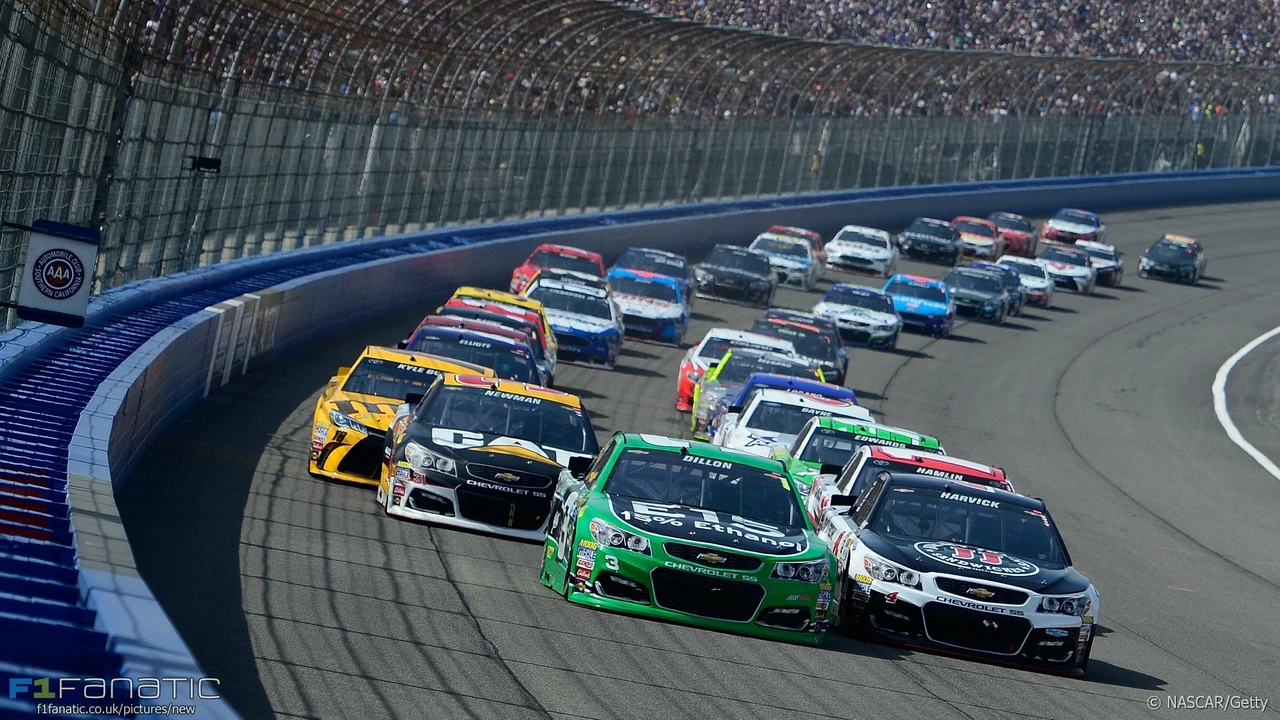Motorsports Culture: What Drives the Racing Community
When you step into a race track, a concert, or a garage filled with gearboxes, you feel a vibe that’s more than just speed. It’s a mix of history, fashion, music, and the sheer love of engines that ties everyone together. This page breaks down the core parts of that vibe so you can join in, talk the talk, and maybe even live a little faster.
Racing Traditions and Fan Rituals
Fans have their own language – a roar for a good overtake, a wave of flags for a favorite driver, and the urge to wear specific caps or jackets. Those traditions started on the grandstands and now show up on social media feeds. When a race is on, you’ll notice people gathering at pubs, arranging “watch parties,” or lining up in front of screens with snacks ready. It’s not just about watching the cars; it’s about sharing the excitement with a tribe that gets why a corner at Monaco feels like a heartbeat.
Another big part is the post‑race analysis. People break down lap times, tire choices, and pit‑stop strategies on forums, YouTube, or TikTok. The conversations are quick, full of “what‑if” scenarios, and often bring in stats from racing simulators. If you want to fit in, learn a few key terms – “DRS,” “undercut,” “pole position” – and you’ll sound like you’ve been a fan since the first turbocharged engine hit the track.
DIY & Digital: Building Your Own Racing Experience
Not everyone can hop into a Formula 1 car, but you can bring the track home. Building a racing simulator has become a popular DIY project. You need a sturdy frame, a good wheel, pedals, and a screen or VR headset. The real trick is setting up the seat angle and force‑feedback so you feel the same push‑pull a real driver gets. Many fans share step‑by‑step guides online, and the community helps tweak settings for each game.
Beyond sims, there’s a growing scene of street‑legal track days. Clubs organize “track days” where members bring their cars to a closed circuit, practice laps, and get feedback from experienced drivers. Safety gear is a must – helmets, fire‑proof suits, and proper shoes. The focus isn’t on breaking the law; it’s on learning skills, respecting the car, and bonding with other enthusiasts.
Music also rides the wave of motorsports culture. High‑energy tracks, drum‑and‑bass, or classic rock pump up the crowd at events and fuel the adrenaline for fans editing videos or refining lap times. Playlists named after famous circuits are a staple on streaming platforms, and they double as a soundtrack for garage work.
Fashion in the racing world is simple but iconic – denim jackets with patches, branded caps, and even vintage racing tees. Wearing that gear signals you’re part of the community. It’s not about brand names; it’s about the stories stitched into those garments – a race you attended, a driver you admire, or a memorable finish.
Lastly, motorsports culture lives online. Sub‑reddits, Discord servers, and Instagram groups let fans chat instantly about a surprise tyre change or a shocking crash. These platforms keep the excitement alive between races and let newcomers ask questions without feeling judged.
So whether you’re tuning a simulator, joining a local track day, or just cheering from the couch, there’s a place for you in the motorsports culture. Dive in, share your passion, and let the sound of engines become a part of your everyday rhythm.
